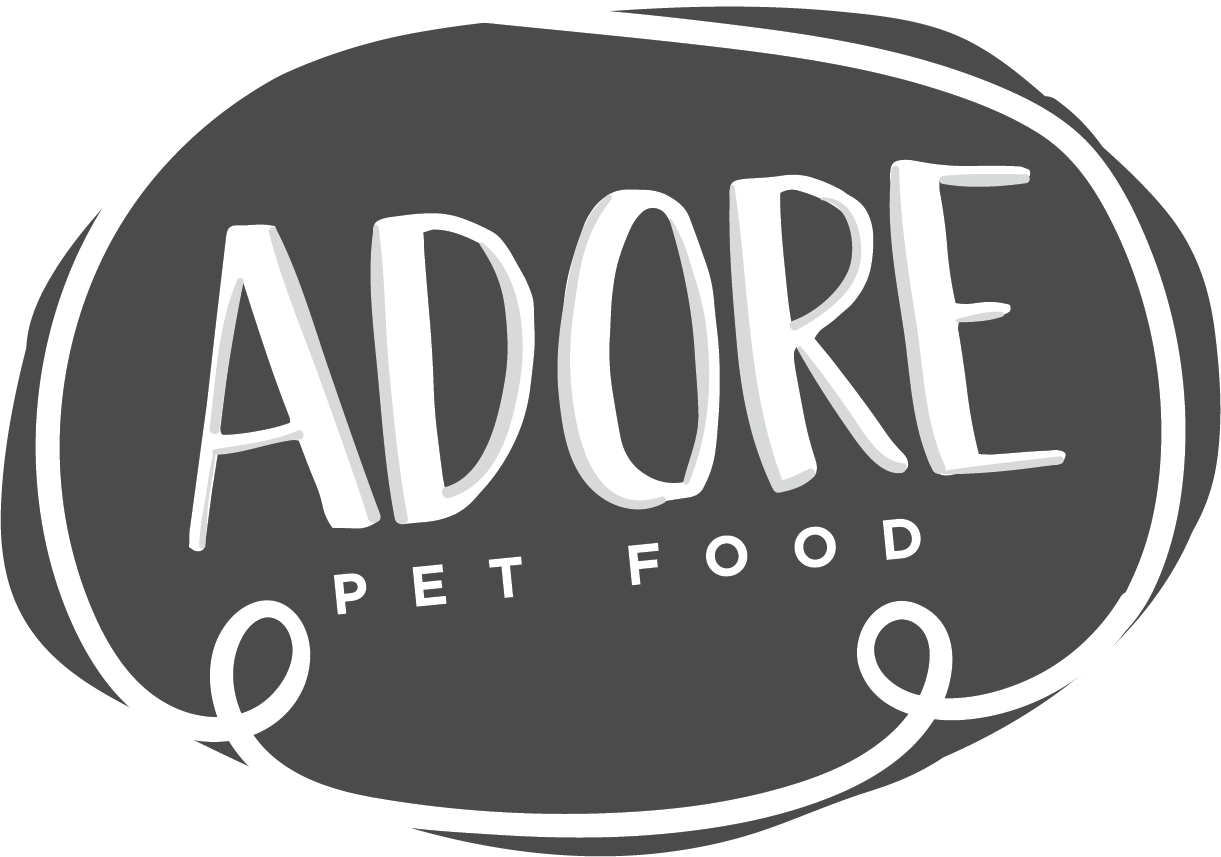Part 2: Diet testing and fear of recalls
Welcome back to our series on how to determine if a diet is “good”. In our last piece, we talked about the importance of step one – WHO is formulating the diet.
Step 2 is WHO is testing the diet, WHAT is it being tested for, and HOW frequently is this testing done? As we talked about in part 1, once a diet has been formulated (the recipe has been created on paper), that recipe needs to be made in a small “trial run” to see if the kibble can be made. Most kibbles are made through extrusion (cooking with steam). There is a lot of science behind this, but also some art!
Kibble can be tricky to make; small differences in humidity, or moisture, or temperature can result in large differences in kibble size, shape, and structure. A diet formulation must be one that can be made into a consistent kibble. The trial run is also the first opportunity to test the kibble. Diets should be going through a FULL nutrient analysis, which will allow the company to tell you precisely how much of each nutrient is in the kibble. Different companies will express this information in different ways, for example, they may tell you there are 80 g of protein in each 1000 kcal of food. Many companies do not list this information on the bag (too crowded!) or on their website – but they should have it easily accessible if you ask. It is essential before a kibble is launched BUT definitely NOT always done! If you can not find out the nutrients that your kibble provides, it is NOT a “good” food.
It is important to ask not only what the nutrient analysis is, but how frequently this is being run. Having a full nutrient analysis done on a product prior to launch is a great start, but ingredients can change over time, and changes in kibble size or density will impact nutrition, ideally a company will be doing a nutrient analysis every time they make a new batch. There are some exceptions to this. Products that have been in the market for years with frequent testing and close scrutiny, like veterinary diets, may now be doing a nutrient analysis quarterly – they have perfected a formulation and the mix of art and science of extrusion to be able to run a consistent product. Their nutrient analyses are now just a “fail-safe” to ensure products stay consistent.
For smaller or new companies – if they are not running a nutrient analysis on every batch, they are likely missing shifts in the nutrition the diet is providing, and their information may no longer be accurate.
Additional testing: Nutrient analyses are essential for consistent nutrition, but what else is or SHOULD be tested for? We have all heard of scary recalls, and all want to know that we are not putting our pets at risk. The truth is, it is impossible to test for EVERYTHING. No company can test for every possible contaminant or risk…so look for a company that is truly dedicated to safety. Ask about their safety procedures and their quality assurance and quality control programs. Their answer should be comprehensive and include a discussion of what measures are in place to produce a diet free of contamination of other products made at that facility, with checks to prevent metal (from machinery) or other foreign materials (from ingredient packages, etc.). They should also be doing regular ingredient testing to minimize the risk of mycotoxins or contaminants. They should be doing finished product testing (like a nutrient analysis) that will help alert them to anything being in the food that shouldn’t be there.
Just like with “human” food – there are not processes that provide zero risk – but there are many companies who have invested significant resources in developing safe products that you can rely on. If you are not getting answers that you feel good about, then this is NOT a good diet for your pet.







